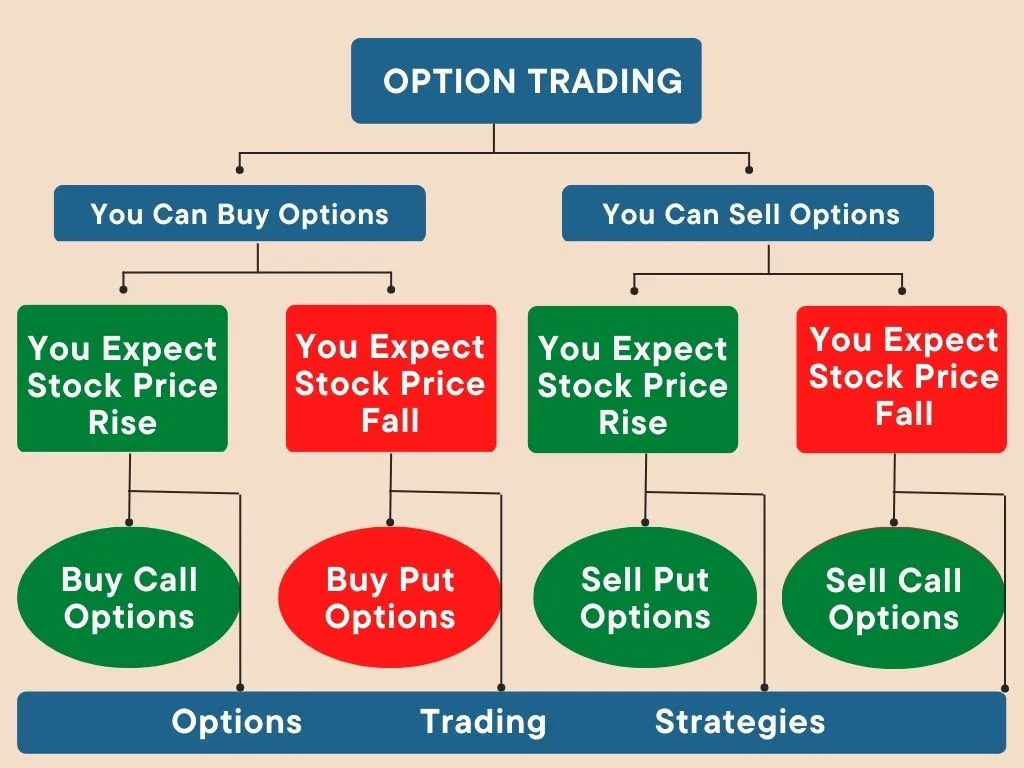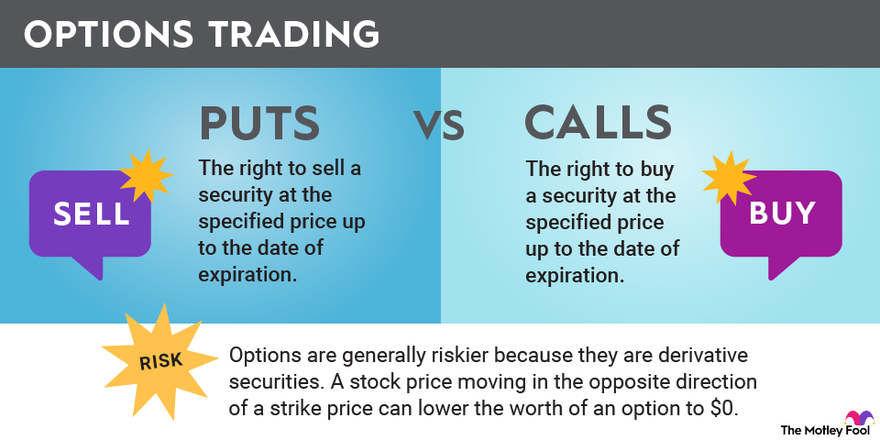Options trading, a versatile and potentially lucrative strategy, empowers traders with the ability to navigate market fluctuations and mitigate risk. These financial instruments offer a unique way to profit from both rising and falling asset prices, making them an attractive proposition for savvy investors.

Image: changehero.io
In essence, options are contracts that grant the buyer the right, but not the obligation, to buy or sell an underlying asset at a predetermined price within a specified time frame. This flexibility provides traders with immense control over their investment decisions, enabling them to tailor their strategies to specific market conditions.
How Do Options Work?
Options are derivatives, which means their value is derived from an underlying asset such as stocks, bonds, or commodities. When you purchase an option contract, you are essentially buying the right to exercise that option at a later date.
There are two main types of options: calls and puts. Call options give the buyer the right to buy an underlying asset at a predetermined price, also known as the strike price. In contrast, put options grant the buyer the right to sell an underlying asset at the strike price.
Calls and Puts: Understanding the Basics
Call options are designed to provide profit potential when the underlying asset’s price increases. When a call option is exercised, the buyer purchases the underlying asset at the strike price, even if the market price is higher. This enables traders to lock in a profit when the market is bullish.
On the other hand, put options benefit from declining asset prices. When a put option is exercised, the buyer sells the underlying asset at the strike price, even if the market price is lower. This strategy allows traders to capitalize on market downturns and generate income.
Trading Options: Strategies and Considerations
Options trading offers a wide range of strategies, catering to different risk appetites and market outlooks. Some common strategies include:
- Buying Calls: This strategy is used when traders anticipate a rise in the underlying asset’s price.
- Selling Calls: This strategy involves selling call options to generate income, but it carries the obligation to sell the underlying asset if the option is exercised.
- Buying Puts: This strategy protects traders from potential losses in the event of a market downturn.
- Selling Puts: This strategy generates income but obligates the trader to purchase the underlying asset if the option is exercised.

Image: www.pinterest.com
Leveraging Options for Your Trading Strategy
Options provide numerous advantages for investors and traders:
- Leverage: Options offer substantial leverage, allowing traders to control a larger position with a smaller investment.
- Hedging: Options can be used to hedge against potential losses in existing investments.
- Profit Potential: Options can yield significant profits if the market moves as predicted.
- Flexibility: Options offer various strategies and expirations, enabling traders to tailor their investments to their specific objectives.
Understanding the Risks
As with any investment, there are inherent risks associated with options trading. These include:
- Limited Profit Potential: Unlike stocks, which have unlimited profit potential, options have a maximum profit capped at the premium paid.
- Time Decay: The value of options decays over time, even if the underlying asset’s price remains unchanged.
- Loss of Premium: If the underlying asset’s price does not move as anticipated, the option may expire worthless, resulting in the loss of the premium paid.
How Does Option Work In Trading

Image: www.fool.com
Trading Options: A Calculated Approach
Embarking on options trading requires a thorough understanding of market dynamics, risk management, and option pricing models. Aspiring traders should familiarize themselves with the intricacies of options before venturing into this complex yet rewarding financial domain.
Essential Resources for Trading Success
To further your options trading knowledge and skills, consider exploring the following resources:
- Online brokers that offer options trading platforms
- Books and articles on options trading strategies
- Educational seminars and workshops focused on options
- Mentorship programs under experienced options traders
Remember, options trading is both an art and a science. With dedication, practice, and sound risk management principles, you can harness the power of options to enhance your trading prowess and navigate the ever-changing financial landscape.






